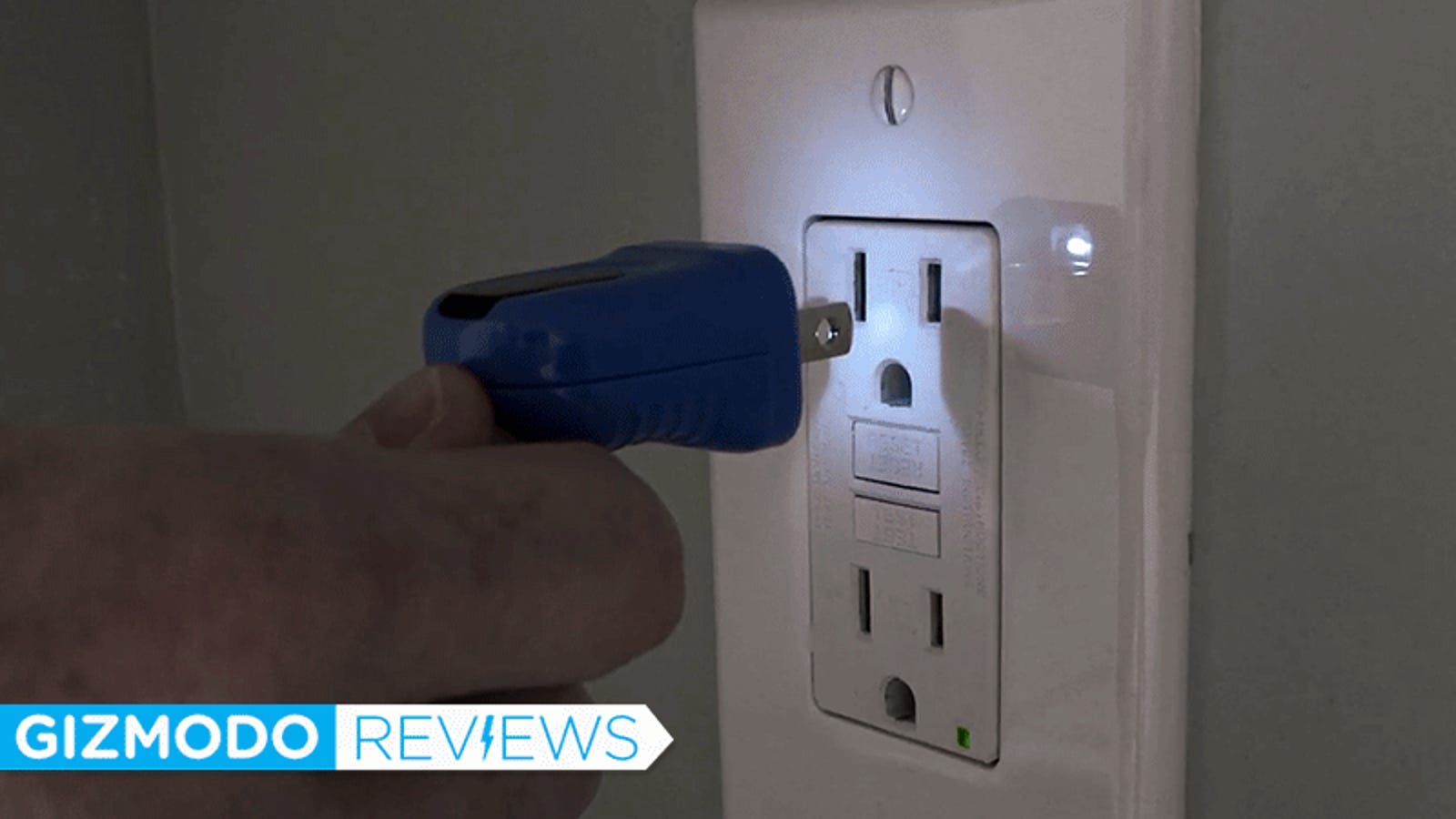https://arstechnica.com/?p=1378045

-
A side view of the hydrogen-powered train. These two trains belong to a rail system that will serve 2 million passengers a year.
-
Seeing the train from head-on is best when the train has come to a complete stop.
René Frampe, Alstrom -
Reporters gathered to see what is likely the first such locomotive in the world.
René Frampe, Alstrom -
René Frampe
French train-building company Alstom built two hydrogen-powered trains and delivered them to Germany last weekend, where they’ll zoom along a 62-mile stretch of track that runs from the northern cities of Cuxhaven, Bremerhaven, Bremervörde, and Buxtehude. The new trains replace their diesel-powered counterparts and are the first of their kind, but they are likely not the last. Alstom is contracted to deliver 14 more hydrogen-powered trains, called Coradia iLint trains, before 2021.
The trains are an initial step toward lowering Germany’s transportation-related emissions, a sector that has been intractable for policy makers in the country. But hydrogen fuel faces some chicken-and-egg-type problems. Namely, hydrogen is difficult to store, and making it a truly zero-emissions source of fuel requires renewable electricity to perform water electrolysis. The more common option for creating hydrogen fuel involves natural gas reforming, which is not a carbon-neutral process.
The advantages of hydrogen fuel cells are that—unlike battery-powered vehicles—refueling a hydrogen-powered vehicle is just as fast as a vehicle powered by fossil fuels. No sitting around and charging overnight is required. Trains tend not to be battery-powered when they’re electric, however, because they’re so heavy. Electric train systems tend to use catenary systems, with electrified cables providing electricity to the train. But over long distances, setting up an external electricity source can be expensive.
Paul Mutolo, the director of External Partnerships for the Energy Materials Center at Cornell University, said in a statement that he thought hydrogen-powered trains are a great idea. “Germany, a global leader in development of hydrogen fuel cell technology, provides another good example for the United States to follow. Heavy-duty transportation is the next market for hydrogen fuel cell products.”
For now, the two Alstom trains refuel at Bremervörde from “a 40-foot-high steel container next to the tracks” at the station, the train builder said. The company did not elaborate on how the hydrogen fuel is supplied, and it did not respond to requests for comment.
A press release noted that a “stationary filling station” is also being built to serve the additional 14 trains. It is expected to be completed by 2021.
Alstom noted that each of its trains has a range of 1,000km (621 miles), so it can effectively refuel once and run through the system throughout the rest of the day. The trains can achieve a top speed of 140km/h (87mph). Excess energy that is not used to move the train forward is stored in an additional battery. Because fuel cells power electric motors in fuel cell vehicles, they’re also quieter than diesel locomotives.
An issue, of course, is cost. It’s unclear what all the trains cost, although Alstom’s press release says that Lower Saxony, the German state where the trains will run, supported the purchase of the 14 additional trains with €81 million ($94.5 million). Additionally, “The federal government has actively supported the development and testing of the new drive technology in Lower Saxony by providing funds from the National Innovation Program for Hydrogen and Fuel Cell Technology.”
Listing image by René Frampe, Alstom
via Ars Technica https://arstechnica.com
September 20, 2018 at 05:35AM







